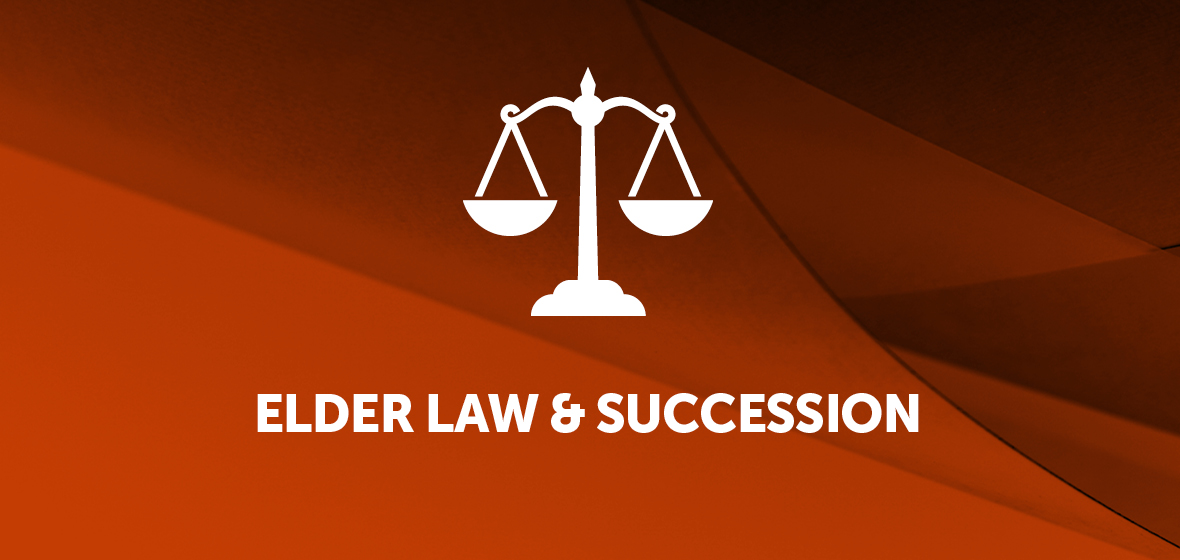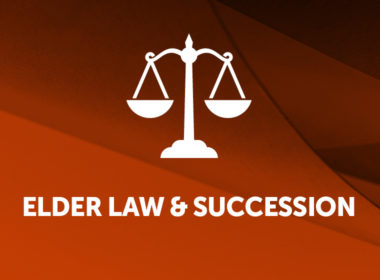By Darryl Browne -
Key decisions
- D19-20\074 [2019] SCTA 199
- Legal Services Commissioner v Poole [2019] QCAT 381
- Aoukar v Nemer [2019] SASC 218
- NSW Trustee and Guardian v Wardy [2020] NSWSC 18
- Application of NSW Trustee & Guardian; Estate of Meyerfield [2019] NSWSC 156
- Estate Whiteway [2019] NSWSC 266
- Re Bogdanov; Atkins v Drummond (No 2) [2019] VSC 836
- Re DeBruin [2019] VSC 813
- Finnegan v Garner [2019] QSC 100
Commonwealth Bank’s policy concerning an attorney accessing the principal’s bank account
During the last half of last year, I was alerted to various problems that attorneys had experienced operating their principal’s bank account at the Commonwealth Bank of Australia. The Bank has kindly identified the following ‘key requirements’ for an attorney seeking to be able to operate the principal’s bank account:
The power of attorney (‘POA’) should be lodged by the customer in person at a branch wherever possible. CBA will not accept POAs received by fax, post or as a scanned attachment to an email.
- The POA must be dated, duly signed and witnessed in accordance with the particular state or territory requirements.
- Where it isn’t possible for the customer to attend the branch (such as being medically unable to do so by reason of hospitalisation or the like, overseas or incarcerated), the attorney can lodge the POA on behalf of the customer. Bank staff may ask questions to understand why the customer cannot attend the branch. If branch staff are not familiar with the customer’s circumstances or have any concerns about the appointment of the attorney, they will not proceed with the request until they have contacted the customer to verify the circumstances.
- The attorney must be an existing CBA customer or able to meet the bank’s identification requirements before the POA will be processed.
- Prior to the POA being accepted, the attorney will need to complete a Certified Copies Identification Form on behalf of the customer. If a certified copy of the POA is produced, it needs to be endorsed as a true copy of the original and signed on every page by a prescribed person. (In other words, there must be compliance with Powers of Attorney Act 2003 (NSW), s 44. A trap with this section is that the certificate must state that the copy is true and complete, or words to that effect).


